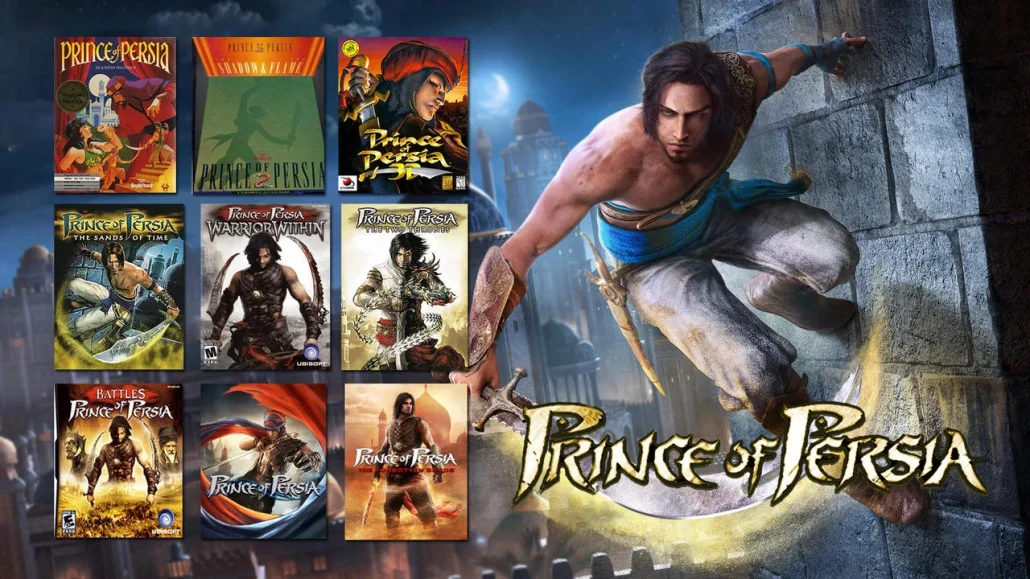Embark on a captivating journey through time as we unravel the rich tapestry of the history of Prince of Persia franchise, a name etched into the annals of gaming history. In this exploration, we traverse the evolution of the series, from its humble beginnings to its iconic ventures into Hollywood and the immersive realms of 3D gaming and the recent Prince of Persia: The Lost Crown, which breathed a new life into the franchise.
As we navigate the intricate sands of time, we delve into the cultural significance of Prince of Persia, its enduring impact on gaming culture, and the cinematic odyssey that brought the eponymous prince to life on the silver screen. Join us as we unravel the chapters of this legendary saga, from the pixelated corridors of the original run to the sweeping landscapes of “The Sands of Time,” exploring how the prince’s tale has not only endured but continues to shape the future of gaming.
Brief Overview of the History of Prince of Persia
Prince of Persia, born from the creative mind of Jordan Mechner, made its debut in the gaming world in 1989. This iconic platformer, known for its fluid animations and cinematic flair, follows the titular prince on a quest to rescue the princess within a perilous time limit. With its groundbreaking rotoscoped animations, Prince of Persia set a new standard for character movement in video games.
Its success marked the beginning of a storied franchise that would continue to captivate gamers with its intricate video game level design, challenging puzzles, and a narrative that resonated across generations. As we delve into the history of Prince of Persia, the significance of its early success lays the foundation for a gaming legend that transcends time and continues to influence the industry.
Prince of Persia’s Significance in Gaming Culture
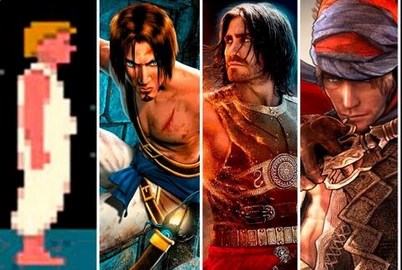

Prince of Persia, born in the late ’80s, isn’t merely a video game; it’s a cultural touchstone that has left an indelible mark on the gaming landscape. Beyond its initial success as a groundbreaking platformer with fluid animations and cinematic storytelling, Prince of Persia has become a guiding force that shaped the very fabric of gaming culture.
Its influence is evident in subsequent generations of games, notably serving as a spiritual precursor to the Assassin’s Creed series, where parkour-inspired movements and historical narratives echo the principles established by Prince of Persia. The franchise’s impact extends beyond the pixels and polygons, threading a narrative through the evolving tapestry of gaming and reminding us that the prince’s journey is not merely a game but a timeless saga that resonates with gamers worldwide.
The Prince Goes to Hollywood
The allure of Prince of Persia extended far beyond the realm of gaming, and in the early 2010s, the iconic prince made a triumphant leap onto the silver screen. Hollywood beckoned, and the result was the film “Prince of Persia: The Sands of Time” (2010), directed by Mike Newell and produced by Walt Disney Pictures. Starring Jake Gyllenhaal as the daring prince, Gemma Arterton as Princess Tamina, and Ben Kingsley as the conniving Nizam, the film sought to bring the enchanting narrative of the video game to a broader audience.
While the transition from game to film is often a perilous journey, “The Sands of Time” aimed to capture the essence of the gaming experience, incorporating elements of acrobatics, time manipulation, and swashbuckling action. The venture into Hollywood showcased the enduring appeal of the Prince of Persia franchise and the industry’s recognition of video games as a source of compelling narratives worthy of the cinematic spotlight.
Prince of Persia as a Series
Since its inception, Prince of Persia has developed into one of the most prestigious franchises in the gaming world. Let’s delve into its development.
The Prince of Persia’s First Run
In the annals of gaming history, the original “Prince of Persia” stands as a pioneering masterpiece. Developed by Jordan Mechner and released in 1989, this pixelated gem introduced gamers to fluid animations, cinematic storytelling, and an Arabian Nights-inspired world filled with perilous traps. As players navigated the labyrinthine corridors to rescue the princess within a stringent time limit, the game set a new standard for platformers, leaving an indelible mark on the industry.
The Shadow and the Flame
With the success of its predecessor, “The Shadow and the Flame” emerged in 1993, further evolving the epic tale of the Prince of Persia. Developed by Broderbund and directed once again by Jordan Mechner, this sequel elevated the franchise with enhanced graphics, more intricate level designs, and a deeper narrative layer. Players witnessed the prince’s return to a visually stunning world, navigating through challenging puzzles and engaging in acrobatic combat. The Shadow and the Flame not only upheld the high standards set by its predecessor but also demonstrated the franchise’s commitment to pushing boundaries and delivering an immersive gaming experience.
The Prince of Persia Goes 3D
In 1999, Prince of Persia embraced a new era as it ventured boldly into three-dimensional realms. Developed by Red Orb Entertainment, “The Prince of Persia 3D” marked a significant evolution, ushering the iconic prince into uncharted territories of polygonal landscapes and immersive 3D environments. This ambitious leap introduced players to a fresh perspective on the classic formula, blending traditional platforming elements with the challenges and possibilities of three-dimensional space. As the prince made daring leaps and navigated intricate puzzles in this new dimension, the game left an indelible mark on the franchise, paving the way for a future where the prince’s adventures would continue to unfold in ever-expanding horizons.
The Sands of Time Begins
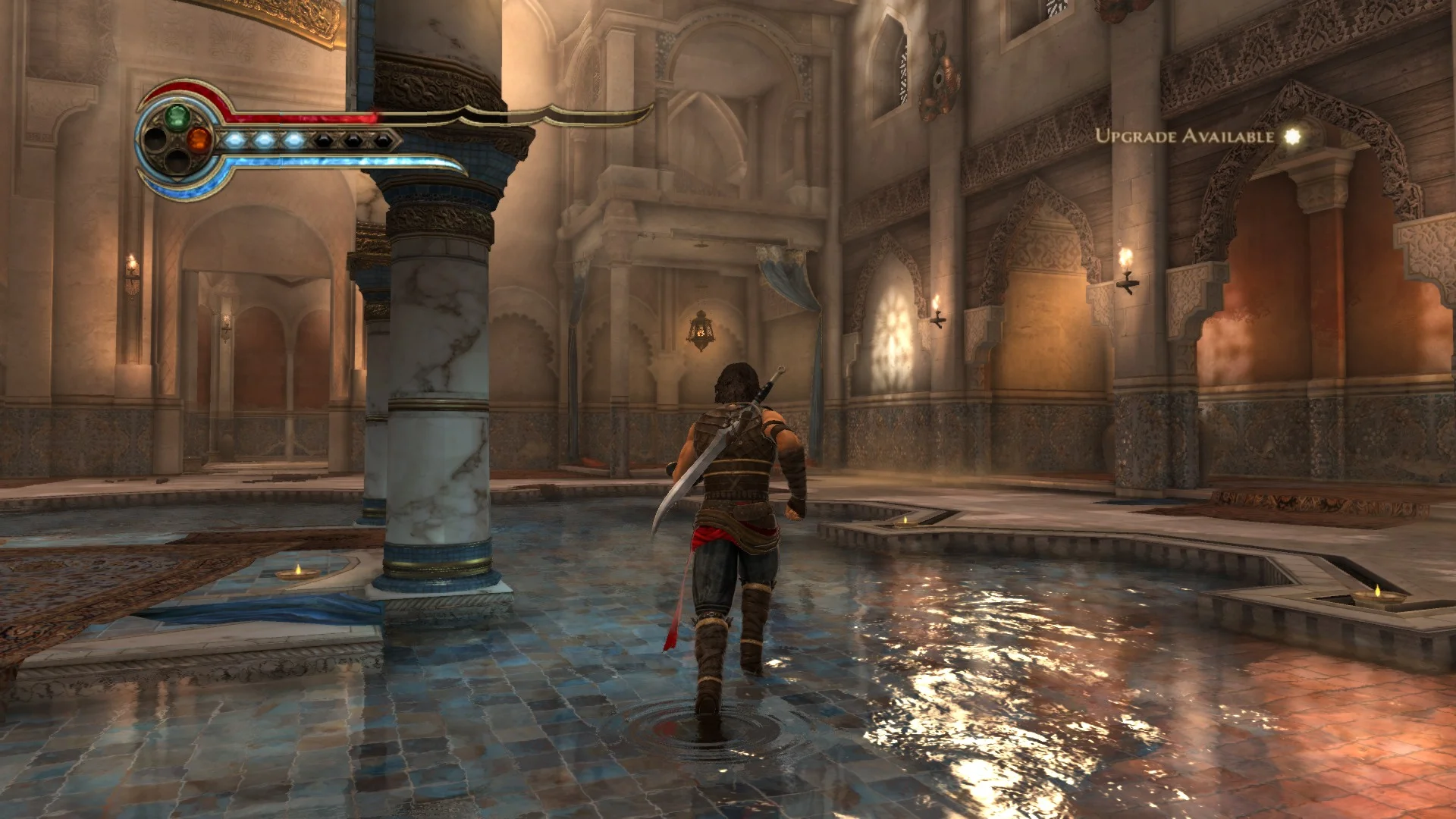

In 2003, the Prince of Persia underwent a profound transformation with the release of “Prince of Persia: The Sands of Time.” Developed by Ubisoft Montreal and directed by Patrice Désilets, this installment not only revitalized the franchise but also redefined action-adventure gaming. The game introduced innovative time-manipulating game mechanics, allowing players to rewind and manipulate time, adding a unique layer to both combat and puzzles. Set in a captivating Arabian Nights-inspired world, the narrative unfolded through the eyes of a more relatable and dynamic prince. The Sands of Time not only became a critical and commercial success but laid the groundwork for a trilogy that would leave an enduring impact on gaming narratives and mechanics.
Prince of Persia: Warrior Within (2004)
In 2004, the Prince of Persia embarked on a darker and more intense journey in “Warrior Within.” Developed by Ubisoft Montreal, this installment took a bold departure from the tone of its predecessor, presenting a grittier and more mature narrative. Directed by Patrice Désilets, the game delved into the consequences of tampering with time, casting the prince into a world plagued by a relentless and malevolent entity known as the Dahaka.
Warrior Within introduced refined combat mechanics, deeper exploration, and an intricate interconnected world. While controversial for its departure from the tone of The Sands of Time, Warrior Within showcased the franchise’s willingness to experiment with darker themes and complex storytelling.
Prince of Persia: The Two Thrones (2005)
In 2005, the epic trilogy reached its climax with “Prince of Persia: The Two Thrones.” Developed by Ubisoft Montreal and directed by Patrice Désilets, this installment aimed to reconcile the divergent tones of its predecessors. The game merged the darker atmosphere of Warrior Within with the charm and agility of The Sands of Time, creating a narrative that explored the duality within the prince.
As the prince grappled with the consequences of his actions, players experienced a compelling blend of acrobatic platforming, intense combat, and a riveting narrative. The Two Thrones marked the conclusion of the Sands of Time trilogy, providing a satisfying resolution to the prince’s journey while leaving a lasting legacy as one of the most impactful trilogies in gaming history.
Prince of Persia (2008)
In 2008, the Prince of Persia franchise underwent a visual and narrative reimagining with the release of “Prince of Persia.” Developed by Ubisoft Montreal under the direction of Jean-Christophe Guyot, this installment embraced a painterly art style that transformed the game into a living, breathing canvas. The narrative unfolded in a fantastical world, where the prince partnered with Elika, a mystical companion, to combat a dark corruption threatening to consume everything.
The game introduced a seamless acrobatic traversal system and emphasized exploration and collaboration between the prince and Elika. Although divisive among fans for its departure from traditional franchise conventions, Prince of Persia (2008) stood out for its innovative artistic approach, compelling characters, and departure from the established formula.
Prince of Persia: The Forgotten Sands (2010)
In 2010, “Prince of Persia: The Forgotten Sands” rekindled the narrative within the Sands of Time universe. Developed by Ubisoft Montreal and directed by Jean-Baptiste Leonard, this installment served as a bridge between The Sands of Time trilogy and the 2008 reimagining. The Forgotten Sands followed the prince as he navigated a kingdom besieged by ancient forces unleashed by the misuse of powerful artifacts. The game reinstated elements familiar to fans, including time-manipulating abilities, while introducing new powers tied to the elemental forces. Despite being associated with the film of the same name, the game retained its unique narrative and gameplay identity, offering fans a nostalgic yet refreshing return to the classic Sands of Time universe.
The Lost Crown and the Way to the Future
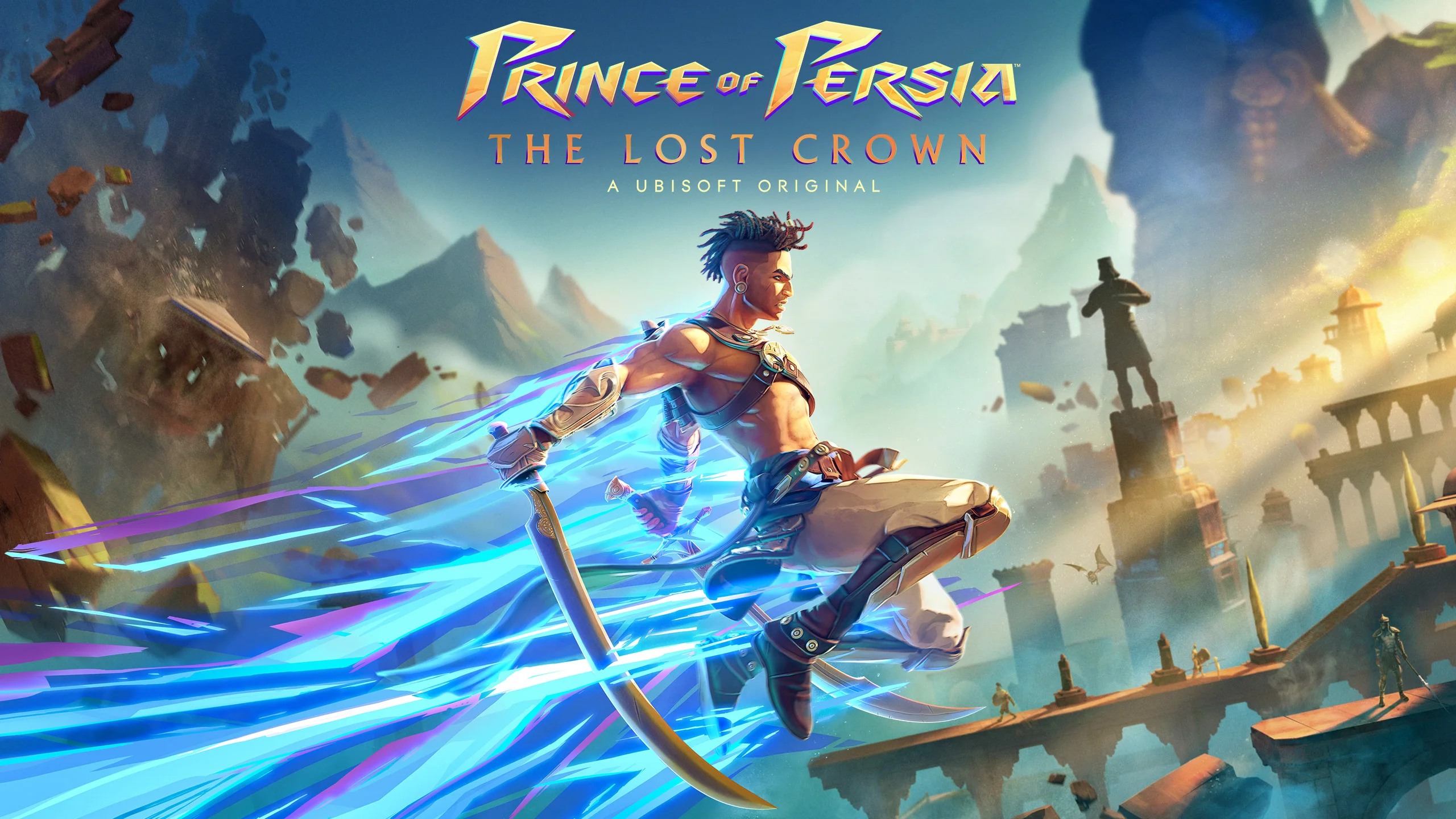

Marking a triumphant return for the Prince of Persia series, “Prince of Persia: The Lost Crown” emerged as a major installment in the franchise, breaking a significant hiatus since 2010’s “Prince of Persia: The Forgotten Sands.” Developed and published by Ubisoft, this action-adventure game hit various platforms, including Nintendo Switch, PlayStation 4, PlayStation 5, Windows, Xbox One, and Xbox Series X/S on January 18, 2024. Critics greeted it with positive reviews, acknowledging its contribution to the iconic series.
Gameplay: Crafting a 2.5D Odyssey
“The Lost Crown” adopts a 2.5D side-scrolling approach in the action-adventure platform genre. Players guide the protagonist, Sargon, through a mesmerizing world where he can jump, slide, air dash, and wield a pair of blades to overcome enemies. The introduction of time-based powers, such as Rush of the Simurgh and Shadow of the Simurgh, adds a layer of complexity to both combat and platforming. The game seamlessly weaves Metroidvania elements into its fabric, encouraging exploration and puzzle-solving. As players traverse interconnected realms filled with shortcuts and secret rooms, they discover Time crystals that unlock upgrades for Sargon’s arsenal.
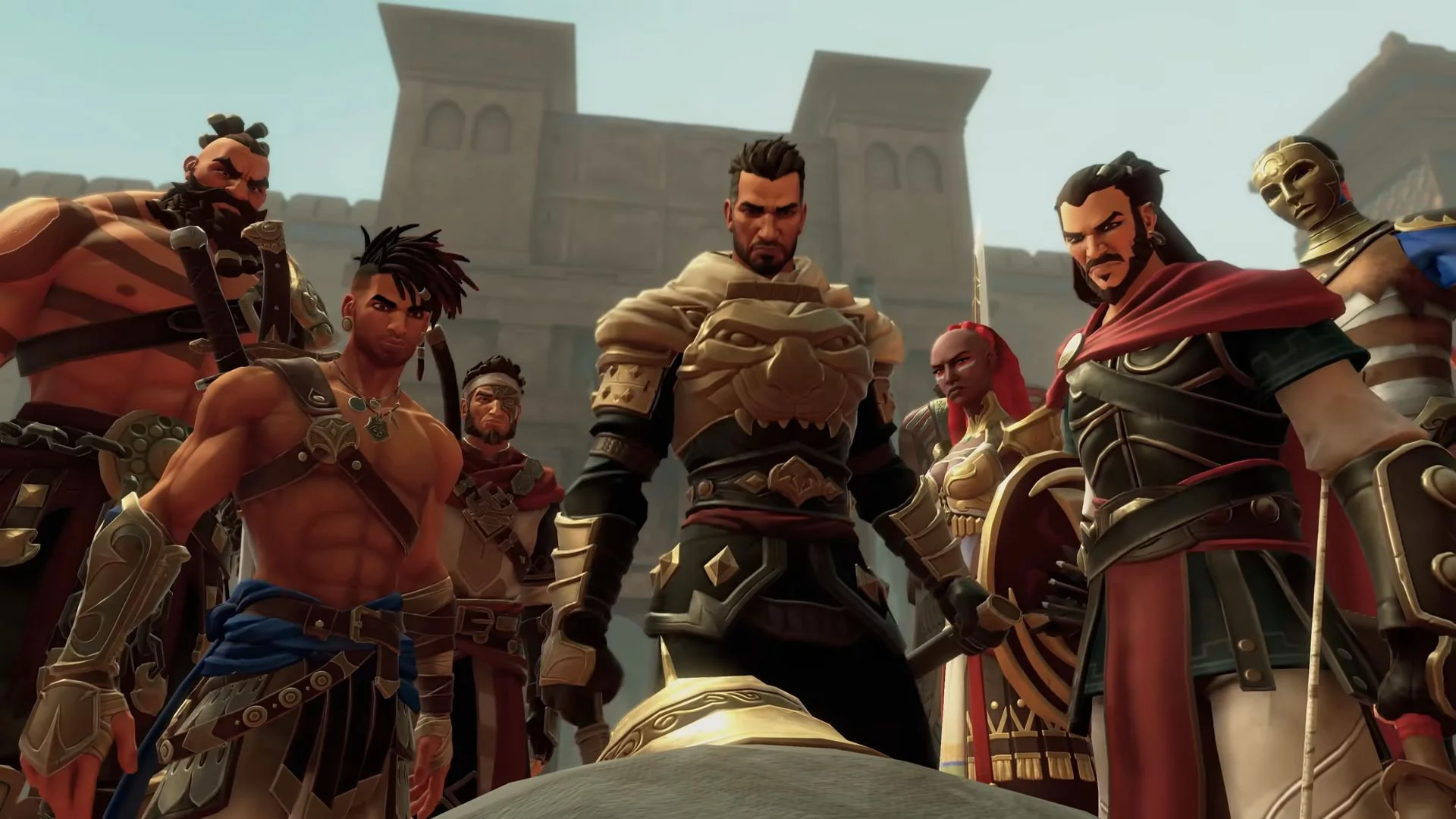

Plot: A Hero’s Journey Unveils
“The Lost Crown” introduces Sargon, a young warrior from The Immortals clan. The narrative unfolds against the backdrop of a Persian Empire on the verge of collapse due to drought, famine, and invasion. Sargon’s mission is to rescue Prince Ghassan, kidnapped by Sargon’s mentor, General Anahita. The pursuit leads to the cursed city of Mount Qaf, setting the stage for a gripping tale of betrayal, divine powers, and the quest for redemption.
Development and Release: Crafting a Mythological Odyssey
Developed by Ubisoft Montpellier, the studio behind the Rayman series, “The Lost Crown” marries gameplay innovation with a narrative steeped in Persian mythology. Over three and a half years of development, the team, led by director Mounir Radi, sought to modernize the franchise’s image while drawing inspiration from Persian culture. The game was officially announced in June 2023, generating mixed reactions, but anticipation soared as fans awaited the release.

